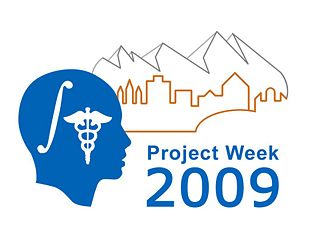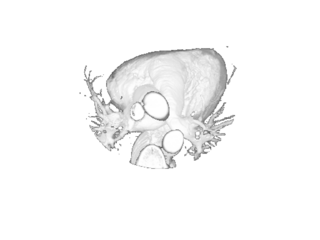Difference between revisions of "2008 Winter Project Week VolumeRenderingUsingCuda"
| Line 24: | Line 24: | ||
<h1>Approach, Plan </h1> | <h1>Approach, Plan </h1> | ||
| − | Our approach is currently using a Surface rendering and a Maximum Intensity Projection to render on the CUDA Hardware. The current source is located at http://www.na-mic.org/svn/Slicer3/branches/cuda/Modules/VolumeRenderingCuda. | + | Our approach is currently using a Surface rendering and a Maximum Intensity Projection to render on the CUDA Hardware. The current source is located at [http://www.na-mic.org/svn/Slicer3/branches/cuda/Modules/VolumeRenderingCuda here]. |
</div> | </div> | ||
Revision as of 22:09, 17 December 2007
Home < 2008 Winter Project Week VolumeRenderingUsingCuda Return to 2008_Winter_Project_Week |
Key Investigators
- BWH: Nobuhiko Hata, Benjamin Grauer
- Nicholas Herlambang
- Nagoya University: Kensaku Mori
Objective
We are creating a new Volume Rendering Module based Slicer3 to render 4D High Resolution Datasets using hardware accelerated with CUDA by NVidia.
The Objectives of this project is to use modern hardware acceleration for registration and navigation during a running surgery.
Approach, Plan
Our approach is currently using a Surface rendering and a Maximum Intensity Projection to render on the CUDA Hardware. The current source is located at here.
Progress
June 2007 Project Week
During this Project Week, we did a lot of algorithmic design work, focusing on leveraging optimal or geodesic path information to provide for volumetric segmentations of fiber bundles. Working with Marek Kubicki and the Harvard DBP, we were able to begin the process of applying our algorithm to the full cingulum bundle with new labelmaps and to a new fiber bundle - Arcuate. We have recently achieved significant results in volumetric segmentations using a locally-constrained region-based technique (see the images above).
Jan 2007 Project Half Week
We finished the itkDirectionalIterator which will be needed in the Fast Sweeping implementation. Furthermore, we made progress in porting our Matlab code to ITK.
References
- to be entered here
